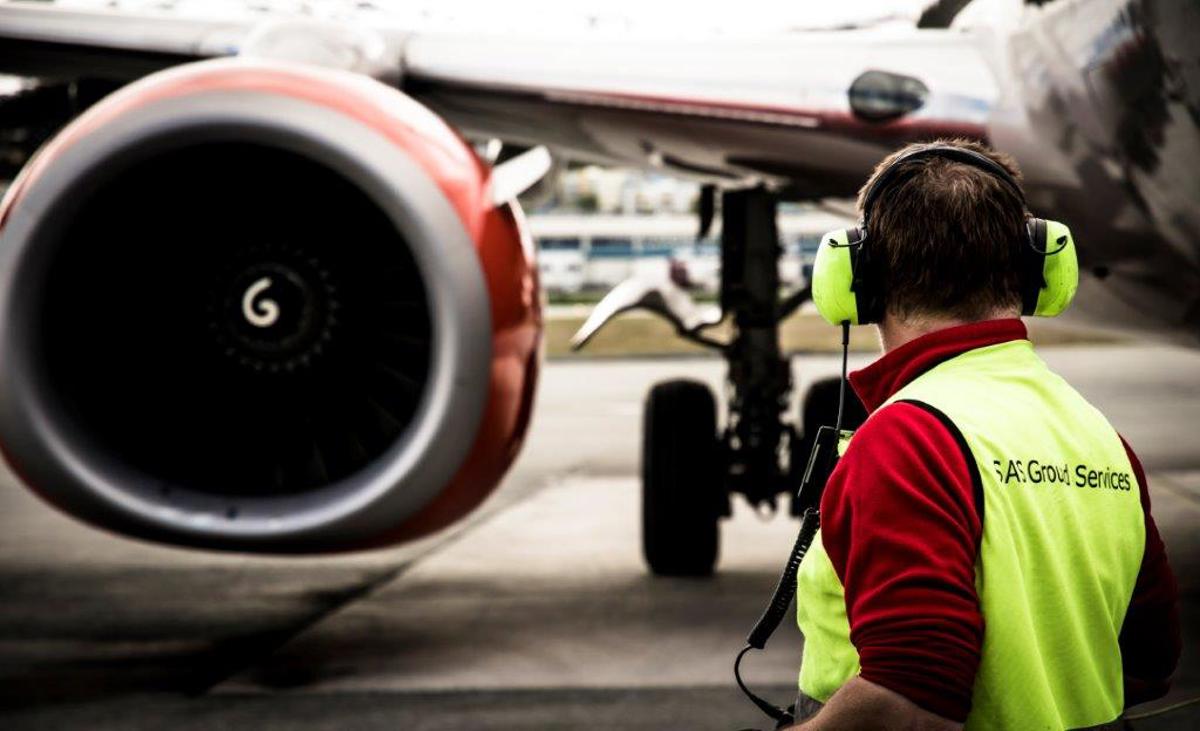Investor Frequently Asked Questions
Introduction
In this document, Avinor presents frequently asked questions, including our responses, when the information is relevant for external stakeholders with an interest in Avinor, from an investor perspective.
The primary way to get to know Avinor is to follow our announcements to the capital market, our company web page – in particular the investor section where this FAQ document is the most recent tool to enhance transparency. Avinor also has a significant presence on social media.
This is a dynamic document which will be updated on an irregular basis, when there is new information, with an anticipated general investor interest, to be shared. The document is structured in the following sub sections to ease its use for the reader:
Financial Information
Environment
Social
Governance and Ownership
Avinor is subject to EU’s Market Abuse Regulation (No 596/2014, “MAR”), and our sharing of information will be limited in this respect.
----------------------------------------------------------------------------------------------------------------
Financial Information
Question 1:
In the financial report for Q1-2023 Group EBIT was adjusted from 108 MNOK (Q1 2022) to 36 MNOK. Please tell us the reasons for the adjustments.
Answer 1:
The adjustment is related to classification of forward energy contracts used for hedging of power prices. With effect from Q4-22 the hedging contracts have been considered finance items and are no longer operational expenses where they have been included in the calculation of EBITDA. On this basis comparative figures for EBITDA Q1-22 were adjusted in the Q1-23 report. In practical terms, Avinor had a significant positive value related to the forward energy contracts in Q1-22. As this item is no longer considered operational but financial the item has been removed from the historical EBITDA to the finance section of the P/L.
Environment
Question 1:
Please explain Avinor’s role in the implementation of Sustainable Aviation Fuel (“SAF”) in Norwegian aviation, including Avinor’s take on the current EU regulation on this topic.
Answer 1:
As a background, Avinor has been an early mover in the SAF field for years. Already in 2013 Avinor presented a study suggesting that there were sufficient sidestreams and residues from Norwegian forestry to produce SAF corresponding to around 30 % of the jet fuel consumption in Norwegian aviation (domestic and international combined) within 2030. Norwegian authorities picked up on the study and established its main conclusion as a target for the aviation sector in Norway, approved by the Norwegian Parliament.
However, this ambition is no longer considered within reach. The Norwegian mandate that started at 0,5 % advanced biojet in 2020 is still at the same level. A proposal of increasing to 2 % from 01.07.2023 is being discussed. But in the longer perspective it is indicated that Norway is likely to adapt the European mandate that is currently under trilogue negotiations between the EU institutions (2 % in 2025, 5 % in 2030 and gradual increase to 63 % or higher towards 2050).
A much higher mandate in Norway would have constituted a substantial disadvantage to domestic carriers, and would have required government incentives. There is some voluntary uptake on top of this, and Avinor intends to work to increase demand / voluntary uptake from public and private organizations, but it remains to be seen what volumes can be achieved on top of mandates.
On a general basis Avinor applies a mass balance principle where SAF (both mandated and voluntary volumes) is blended into the main fuel infrastructure. There is no specific fueling infrastructure for SAF only.
Norway currently has no domestic commercialized SAF production, despite of long term substantial long term potential. SAF currently used in Norway is imported and based on used cooking oil and animal fats (the HEFA process).
Social
N/A
Governance and Ownership
Question 1:
Are there any Government policy documents describing Avinor’s role in meeting the Government's various economic and transportation policies?
Answer 1:
These topics are primarily covered in the so called “Paragraph 10 plan”. The previous Paragraph 10 plan is available here, however it is unfortunately only available in Norwegian. On our Norwegian pages, the current plan has also been published. The English translation of the current plan is in the process of being published. Please check the link to the English page in a week or so. I will send it to you directly once I get hold of the English translation myself. There are two additional policy documents which are relevant for Norwegian aviation, which I would like to guide you to:
1: The white paper National Transport Plan for 2022 – 2022. It outlines policy objectives for the transport sector in general which is also relevant for Avinor
2: The white paper on the Government ownership policy, released in fall 2022. Avinor is a category 2 company in this respect which impacts how our owner conducts its ownership.
Question 2:
Does the Government have any processes and procedures to ensure effective governance, monitoring and control over Avinor?
Answer 2:
Monitoring and control of Avinor’s activities/operations is handled by the Civil Aviation Authority of Norway. The governance of Avinor is organized through annual general meetings, quarterly meetings with the owner and the fact that the chairperson of the board is elected by the owner. Avinor has a professional board of directors where the composition is decided by the annual general meeting, which in practical terms is the Minister of Transport. Avinor’s employee representatives on the board are not elected by the AGM. Please see this link for further details on our corporate governance.

